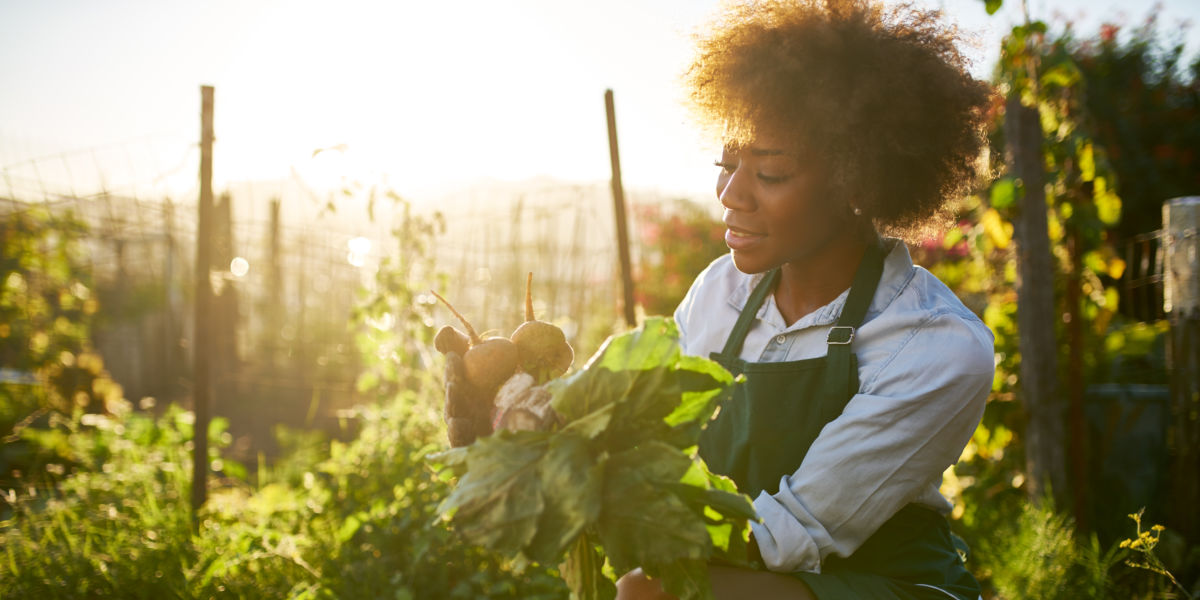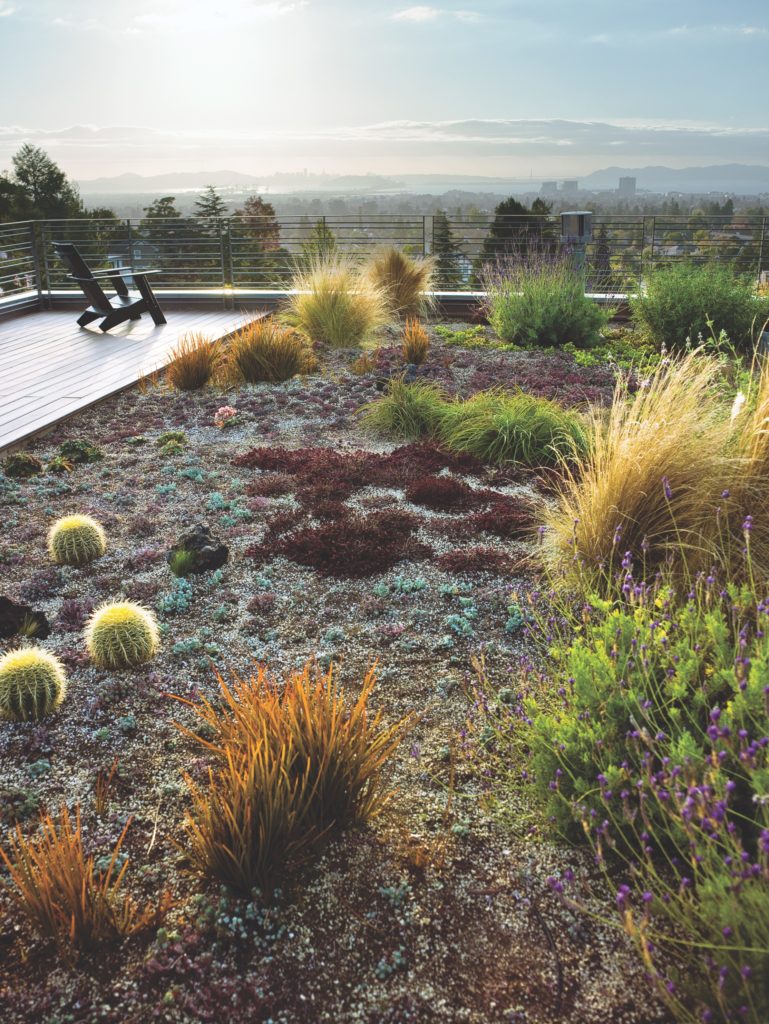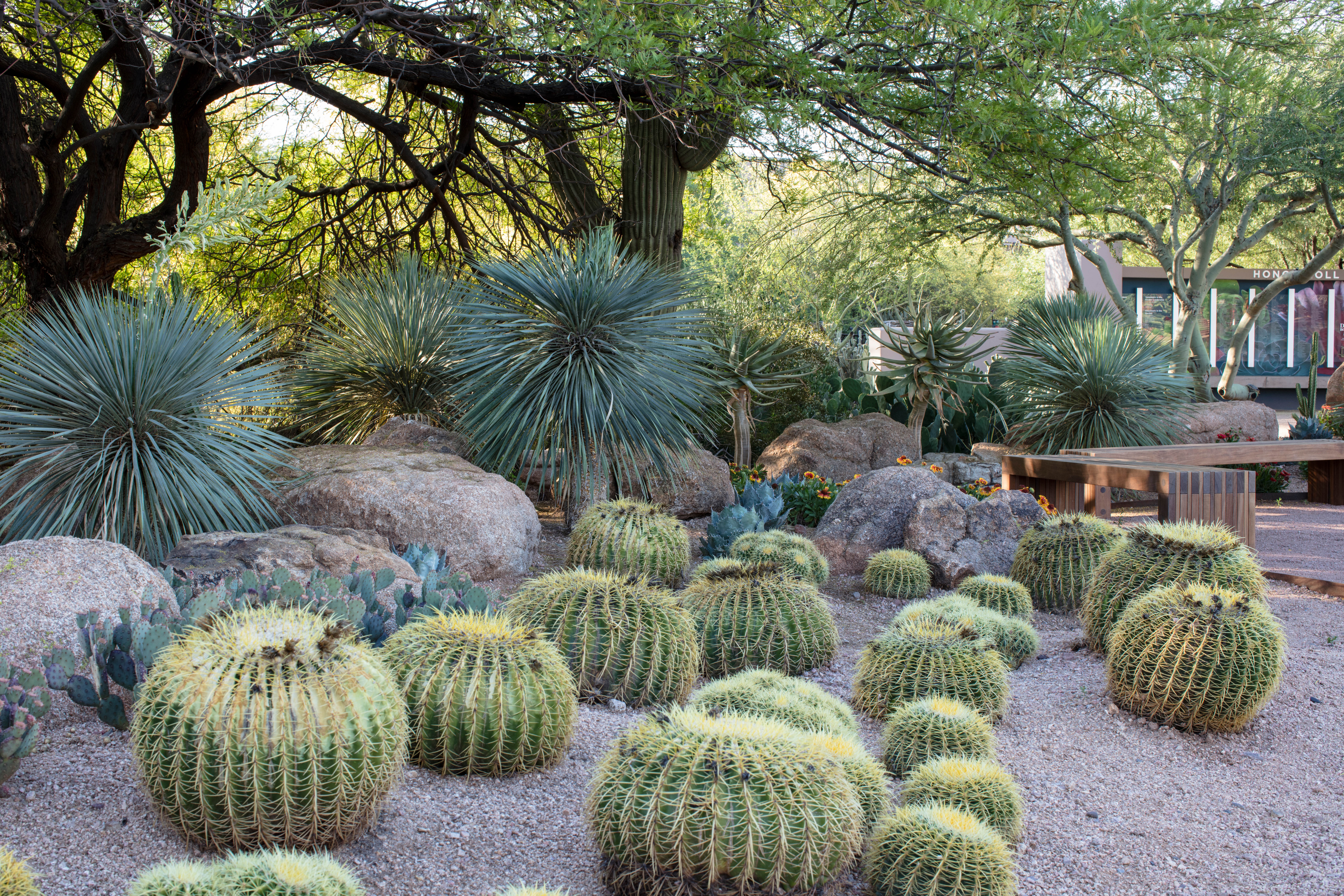
45 Things to Do in Your Garden Right Now
Chances are you’re spending more time in your garden than ever before. Consider this your ultimate checklist for making the most of your garden no matter where you are in the West.

Gardening has taken on a new depth of meaning in recent months: It can provide solace, escape, an unmatched sense of accomplishment, or literally put food on the table at a time when that’s not always a sure thing. Never have planting, pruning, tending, and amending felt more essential. Yes, gardens respond to what efforts we put into them, but we also respond in kind.
Even if you feel as if you know the limits of your plot or container garden, or your skills as a gardener, we think this list will expand your sense of how to make the most of your space. Case in point: Have you ever kept a phenology journal? If not, read on to find out what one is. That’s just one of many projects, tasks, to-dos, diversions, and future harvests we’ve assembled in this master checklist curated for every kind of garden and gardener in the West.
All Regions
Plant
Two to three weeks before planting, position pots in the garden and fill with a fertilizer containing potting medium. This helps the super-light soil settle into place.
Fill large containers with fragrant perennials so you’ll catch a pleasant scent when you brush by; good choices are lavender, nicotiana, and summer phlox.
Keep a phenology journal: Track (and eventually connect) weather, insect, and bird populations, and flowering and fruiting dates in the garden.

Maintain/ Protect
For most shrubs, increase the frequency of irrigation—but not the duration of each watering—as the temperatures rise.
Rake up dried-out stalks and debris from spent spring wildflowers. To collect seeds for fall sowing, snip off flower stalks before raking and invert them over a paper grocery bag. Store the seeds in airtight containers
in a cool, dark place, such as the freezer.
If you use any kind of overhead sprinkler system, put an empty tuna can in the center of the spray pattern, run it for an hour, and measure the water depth in the container. Most conventional lawns (bentgrass, bluegrass,
fescue, and perennial ryegrass) need 1 inch per week.
Protect
Keep birds away from fruit trees by enclosing trees with mesh netting a few weeks before the fruit matures. The less labor-intensive method is hanging strips of shiny red and silver tape near branch tips.
Fight snails and slugs by baiting with iron phosphate. Or use physical controls: Trap them beneath a plank of wood or a wet newspaper, or handpick and discard them.
If yellowjackets compete for food at summer barbecues, put out traps now—pheromone lures are effective.
Harvest
Pick edible flowers for salads and garnishes. Most herb blossoms are candidates, including dill, fennel, garlic chives, lavender, oregano, sage, and thyme. Ornamentals such as calendulas, nasturtiums, roses, and violets also have blooms you can eat.
Gather spring vegetables regularly, and side-dress rows with organic fertilizer to keep them growing. Pull globe onions and garlic. For best flavor, cure the bulbs on newspaper in the garage until roots are shriveled
and dry, then braid leaves and store by hanging them in a cool, dry place.

Northern California
Plant
Set out tropical and subtropicals such as bougainvillea, hibiscus, and Mandevilla to be established over the warm season. In areas with winter frost, plant in a protected site like a south-facing wall or beneath an overhang.
It’s not too late to sow seeds of beans, corn, and squash for harvesting late summer into fall. We like heirloom ‘Hopi Blue’ corn, which can be eaten as sweet corn when young or left on the stalk (its deep cobalt kernels are highly ornamental). territorialseed.com
For a cool look on a patio, combine low-water, icy-toned plants in a pot. Good choices: fountainlike ‘Cassa Blue’ blue flax lily (Dianella caerulea), trailing ‘Silver Falls’ dichondra, and frosty giant chalk dudleya (D. brittonii)
Protect
Keep aphids under control early in the season by releasing ladybugs. Let them loose at dusk, and spritz your garden with the mister beforehand; they’ll stop to sip the water then stay the night, and will get to eating pests in the morning. If deer are a problem in your garden, add aromatic perennials/shrubs like lavender, sage, and rosemary; they also avoid foxgloves, bleeding hearts, and monkhood—all good for shady woodland gardens.
If cucumber beetles start showing up, either blast them with the hose or, if it’s gotten really out of control, just yank the whole plant (don’t worry, you still have time to replace it). If you can’t bear the thought of crushing snails or cutting slugs with a pair of scissors, feed them to your chickens if you have them or chuck them up onto your roof for the wild birds to snack. To keep squirrels and birds off your ripening berries, drape a mesh netting over plants.
Maintain
Deadhead roses as their blossoms fade to keep them blooming for months. Snip sweet peas daily (they make a lovely cut flower), and the leaves begin to yellow, leave a few pods to go to seed. Water and feed tomatoes consistently to prevent blossom end rot; drip irrigation will vastly simplify this, but adding mulch also helps maintain moisture. Cull half the fruits on apple and stone fruit trees to get a better crop; gently twist off marble-sized fruits, leaving 4-6” of breathing room in between.
Cut summer water to California natives such as ceanothus, manzanita, Matilija poppies, and oaks. An occasional spray with the hose will help eliminate dust on leaves. The exception? Newly planted natives need regular water for their first year.
Harvest
Harvest radishes as soon as they reach full size and you begin to see the crown showing above the soil.
Blooms from thyme and oregano can be used in cooking or left on the plant as a feast for bees and butterflies. When blooming is over, shear plants by one-third to one-half to encourage new growth all summer.

Thomas J. Story
Southern California
Plant
Plant seedlings of culinary herbs, including basil, chervil, chives, lemongrass, mint, and parsley.
Continue planting seedlings for summer fruits and vegetables, including cucumber, eggplant, melons, and tomatoes to keep your harvests coming to fall.
When replanting edibles beds, follow heavy-feeding vegetables like spinach and cabbage with nitrogen-replenishing legumes such as beans, peas, and soybeans; or plant a less-demanding root crop.
Maintain
Inland, water more often, but not longer, as temperatures increase and humidity decreases. Water until the soil is dry about two knuckles down before watering again.
Stop watering garlic, bulb onions, and shallots when their foliage begins to brown. This “drought” prompts the bulbs to form a dry outer layer that allows storage.
Half of a melon’s sugar content develops during the last week of maturation, so stop irrigating then to concentrate the sugars.
Protect
Weave tomato branches back into their cages to keep fruit from rotting on the ground, and pick off tomato hornworms as you see them.
Throw insect- and disease-damaged plants in the trash—using them as compost or mulch can spread the problem to the rest of your garden.

Gap Photos/ Roy Hunt
Southwest
For instant impact, plant durable barrel cactus. Try Mexican fire barrel (Ferocactus pringlei) for red spines; for yellow, go for the ever-popular golden barrel (Echinocactus grusonii).
Lure butterflies and hummingbirds to your garden by planting ‘Hot Lips’ sage, an evergreen shrub that produces red-and-white flowers throughout the summer.
As desert storms approach, sow annual wildflower seeds. Desert senna (S. covesii), devil’s claw (Proboscidea parviflora), sacred datura (D. meteloides), and summer poppy (Kallstroemia grandiflora) are good choices.
In low-desert locations, it’s not too late to sow seeds for heat-loving edibles such as amaranth, cucumbers, melons, okra, and yardlong beans. They’ll germinate quickly—in as little as four days—in hot weather.
Protect
As it gets hotter, avoid overwatering winter-growing succulents such as ice plants, living stones (Lithops), and members of the Crassulaceae family (Cotyledon, Echeveria, and Kalanchoe). Some of these may shrink and lose leaves during summer—their dormant season.
In anticipation of heavy summer rains, dig basins to protect your property from flood damage. Keep them at least 10 feet from foundations and provide an overflow that is directed away from structures.
Watch for signs of heat stress in plants. Fruit trees and bush vegetables (such as bell peppers and eggplants) drop leaves when stressed. To give them relief, provide even soil moisture through more regular watering, and shade beds from afternoon sun.
Maintain
To move barrel, hedgehog, and young saguaro cactus, mark the south or north side of the plant, wrap it in an old carpet (to protect you from thorns), dig it up, and move it to a new location, taking care to plant at the same depth and same compass orientation.
Mountain
Plant
Set out bulbs like Amaryllis belladonna, nerine, pineapple lily (Eucomis) canna, and calla. Sow pollinator-friendly summer annuals like ‘Dara’ flowering carrot, fennel, coreopsis, and ‘Sea Shells’ cosmos. Compact blue fescue adds a pop of water-wise color to edges.
To cover an unsightly fence, consider ‘Kintzley’s Ghost’ honeysuckle, a vine that reaches 8 feet tall and displays soft yellow flowers in spring and round silver bracts all summer. Grow it in full sun and water regularly.
Try ‘Blue Jazz’ piñon pine, a dwarf globe-shaped native conifer with blue needles that reaches only 2 feet tall and wide at maturity. This evergreen likes dry spots in full sun with well-drained soil.
To cut down on work, plant perennial flowers that don’t require removal of spent blossoms to stay in bloom for most of the summer. Great choices include Bluestar (Amsonia tabernaemontana), blackberry lily (Belamcanda chinensis), Gaura lindheimeri, German statice (Goniolimon tataricum), Coreopsis verticillata ‘Moonbeam’, and ‘Pink Panda’ strawberry.
Protect
After planting perennials, fruits, shrubs, and trees, keep a close eye on the weather forecast. Whenever temperatures below freezing or above 80° are predicted, cover the transplants with a frost blanket.
Give tender new plants floating row covers or a frost blanket to protect against harsh sun/hot temps and chilly nights. Fertilize vegetables like when you plant them, and every two weeks afterward. Spread straw around the base of plants to retain moisture.
Maintain
Grow butterfly weeds (Asclepias tuberosa and A. incarnata) to feed monarch butterfly larvae.
Deadhead annuals and perennial flowers to keep blooms coming. Prune spring-flowering woody plants now, before they set the summer buds that will be next spring’s flowers.
Harvest
Pick rhubarb when leaf stalks are at least 10 inches long and 1⁄2 inch wide and have turned dark pink. Gently twist off each stalk close to the ground. Remove the poisonous leaves before cooking.
This story originally appeared in our summer 2020 Outdoor Living issue. Read on for more clever, fun, delicious, unexpected, restorative, and effective things to do in your garden right now!
To read: Click on the right and left arrows at the edge of the box to turn pages; to make the text larger click on the fullscreen icon.
